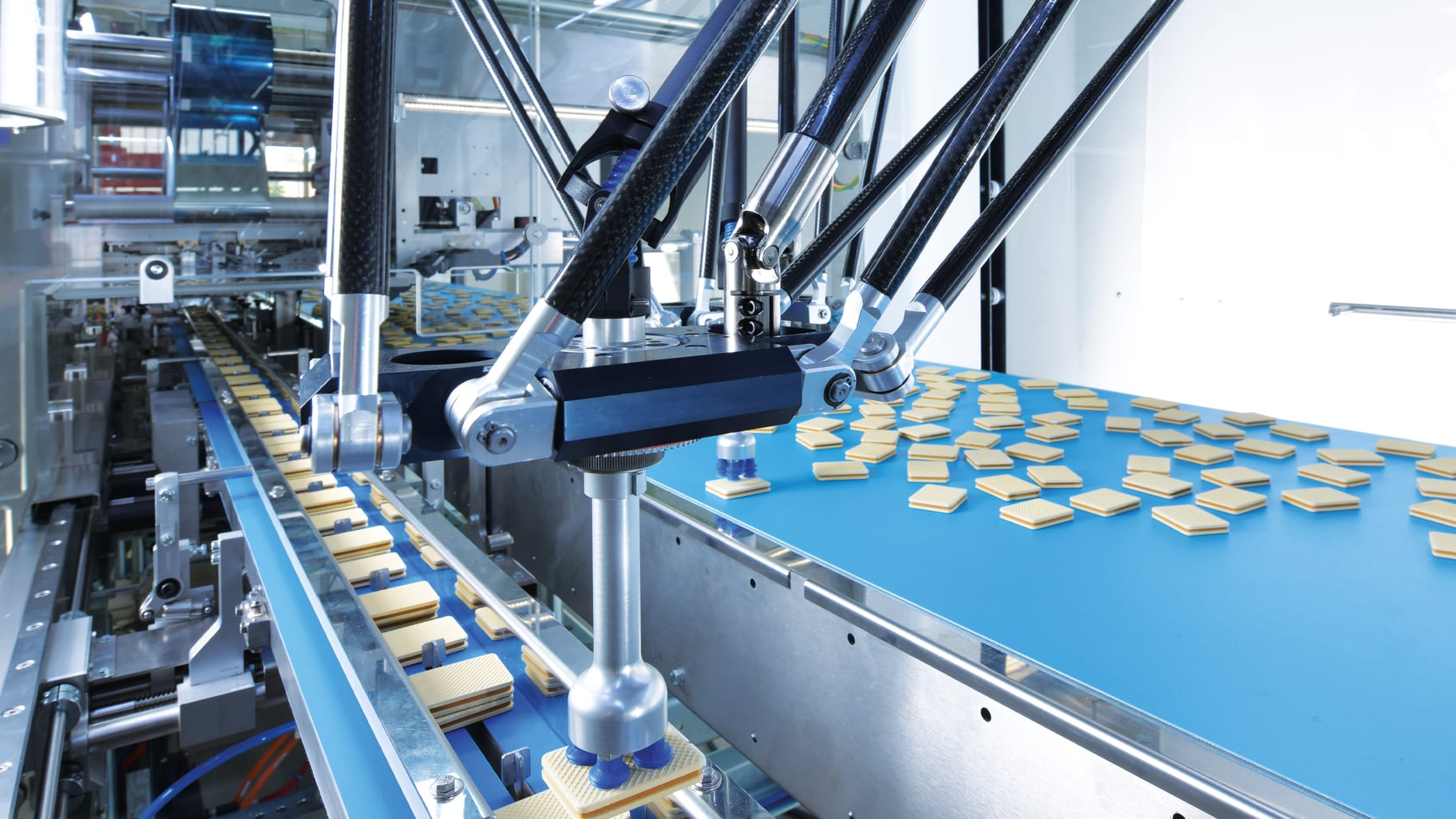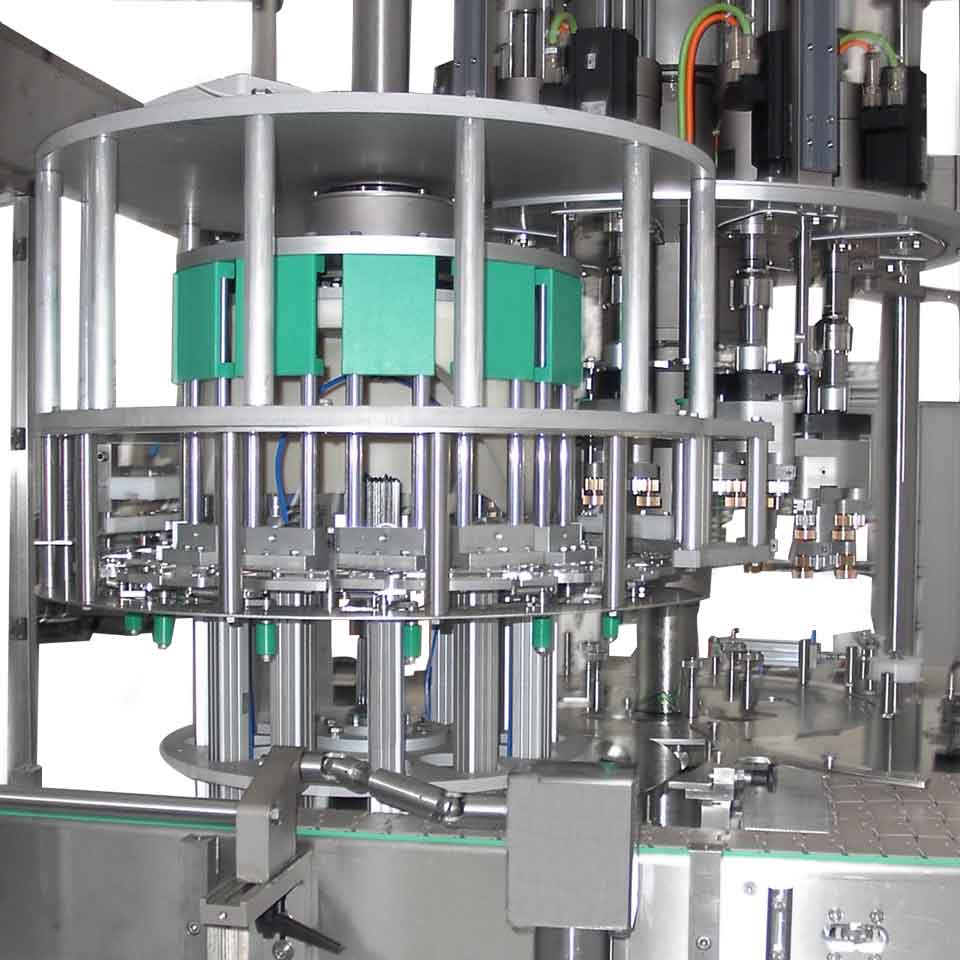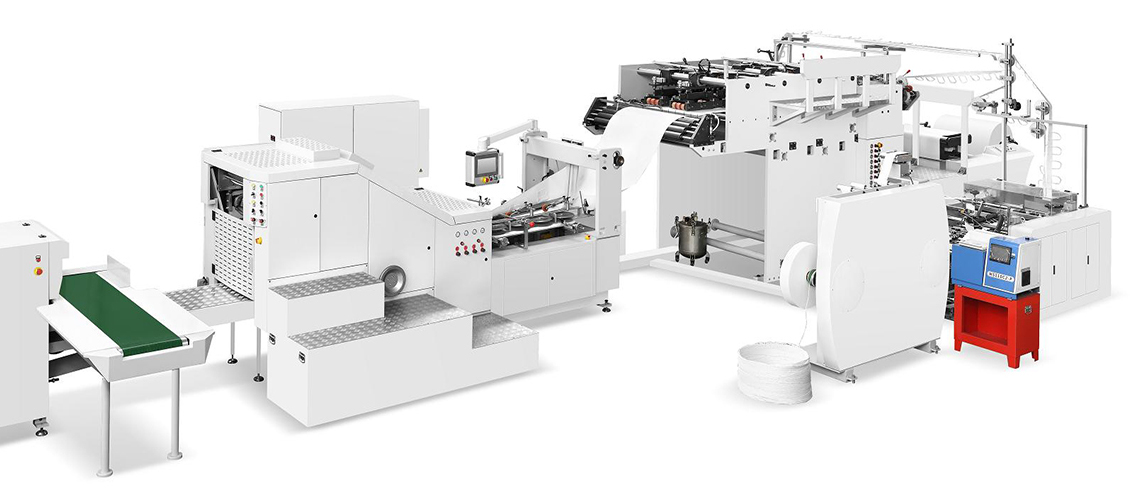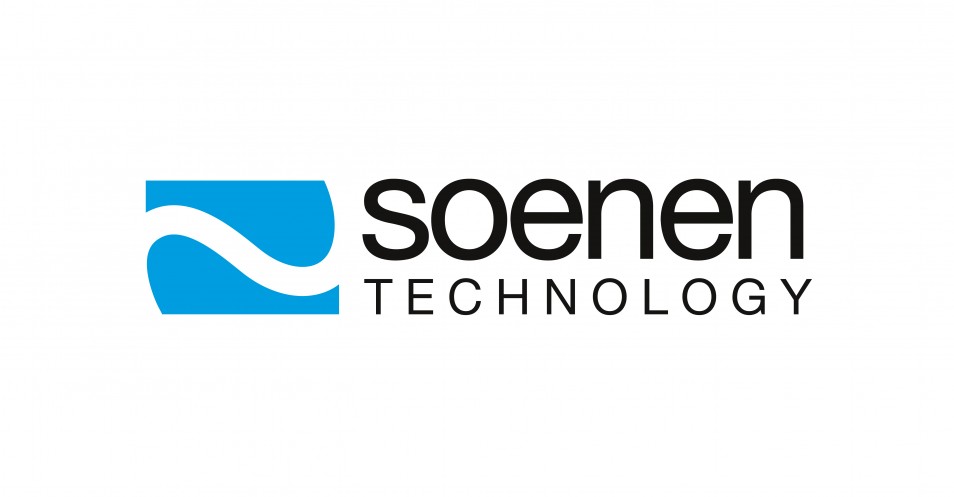
At the end of its useful life, you expect to sell it off for $3000. If you are a business owner, executive manager, or entrepreneur, you must understand what the depreciable cost is to account for business expenses correctly, timely, and compliantly. Suppose the crane has a useful life of 15 years. At this point, the company has all the information it needs to calculate each year’s depreciation. The simplest method is the straight-line depreciation. Using this method, depreciation is the same every year.
Sum-of-the-years’-digits (SYD) Method
“(2) Extensions.-The amendments made by subsections (c) and (d) shall apply to taxable years beginning after December 31, 2010.” “(2) Modifications.-The amendments made by subsections (c)(2) and (e) [amending this section] shall apply to taxable years beginning after December 31, 2015.” “(1) Extension.-Except as provided in paragraph (2), the amendments made by this section [amending this section] shall apply to taxable years beginning after December 31, 2014. The Secretary shall, by regulations, provide for recapturing the benefit under any deduction allowable under subsection (a) with respect to any property which is not used predominantly in a trade or business at any time. The limitation under paragraph (1) for any taxable year shall be reduced (but not below zero) by the amount by which the cost of section 179 property placed in service during such taxable year exceeds $2,500,000. The aggregate cost which may be taken into account under subsection (a) for any taxable year shall not exceed $1,000,000.
Depreciation Meaning
Tax depreciation is different from depreciation for managerial purposes. The direct and indirect methods are used to calculate deprecation costs. 97–448 effective, except as otherwise provided, as if it had been included in the provision of the Economic Recovery Tax Act of 1981, Pub.
How Depreciated Cost Works
91–172 substituted reference to component members of a controlled group for reference to members of an affiliated group in pars. (2)(B) and (b), and substituted definition of controlled group for definition of affiliated group in par. 101–508, §11813(b)(11)(A), substituted “section 1245 property (as defined in section 1245(a)(3))” for “section 38 property”. 108–27, §202(b), inserted “($400,000 in the case of taxable years beginning after 2002 and before 2006)” after “$200,000”. 115–97, §13101(a)(3)(B)(i), substituted “paragraphs (1), (2), and (5)(A)” for “paragraphs (1) and (2)” in introductory provisions.
- This is required under the matching principle of GAAP and is done to match the cost of the fixed asset over its productive life to the profits the business earns from the asset.
- 87–834, set out as an Effective Date note under section 1245 of this title.
- Lastly, let’s pretend you just bought property to build a new storefront for your bakery.
- If the sale price were ever more than the original book value, then the gain above the original book value is recognized as a capital gain.
- 111–312, set out as a note under section 168 of this title.
99–514, set out as a note under section 168 of this title. 108–27, §202(a), reenacted heading without change and amended text generally. (1) contained a table specifying the maximum amounts for taxable years 1997 to 2003 and thereafter which could be taken into turbotax super bowl commercial tv ad 2021 and #taxfacts account as the aggregate costs under subsec. So $4,600 will be the depreciation expense each year for the life of the asset. The accumulated depreciation for the asset would be $4,600 for the first year and grow by another $4,600 in each subsequent year.

It doesn’t depreciate an asset quite as quickly as double declining balance depreciation, but it does it quicker than straight-line depreciation. Depreciated cost is the value of a fixed asset minus all of the accumulated depreciation that has been recorded against it. In a broader economic sense, the depreciated cost is the aggregate amount of capital that is “used up” in a given period, such as a fiscal year. The depreciated cost can be examined for trends in a company’s capital spending and how aggressive their accounting methods are, seen through how accurately they calculate depreciation. It is essential for a company to properly assess the useful life and salvage value of the assets to accurately calculate straight line depreciation.
Subsequent years’ expenses will change based on the changing current book value. For example, in the second year, current book value would be $25,000 – $5,000, or $20,000. Thus, depreciation expense would decline to $4,000 ($20,000 x .20). For example, if a company purchased a piece of printing equipment for $100,000 and the accumulated depreciation is $35,000, then the net book value of the printing equipment is $65,000. This approach calculates depreciation as a percentage and then depreciates the asset at twice the percentage rate.
It may use an accelerated depreciation method if it wants to charge a higher proportion of the depreciable cost to expense in the first few years of the asset’s useful life. Machinery and equipment are expensive assets for a company to purchase. This allows the company to match depreciation expenses to related revenues in the same reporting period—and write off an asset’s value over a period of time for tax purposes. Tracking the depreciation expense of an asset is important for accounting and tax reporting purposes because it spreads the cost of the asset over the time it’s in use. That can have several advantages. One of the key factors affecting straight line depreciation is the useful life of an asset.











 Tổng lượt truy cập : 180444
Tổng lượt truy cập : 180444 Đang truy cập : 18
Đang truy cập : 18






